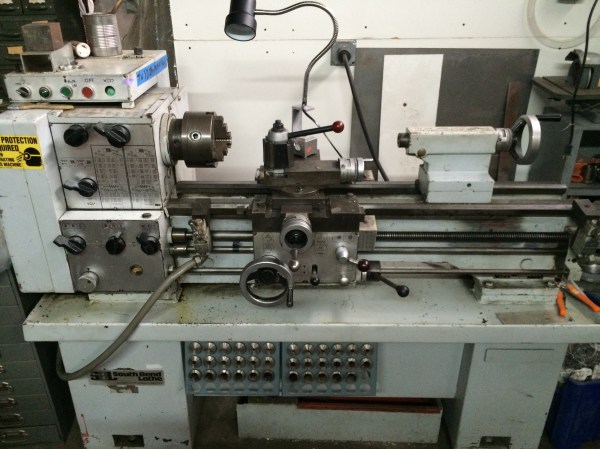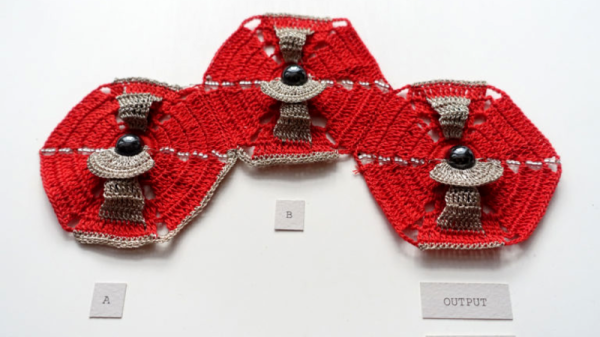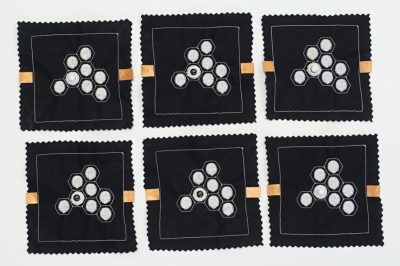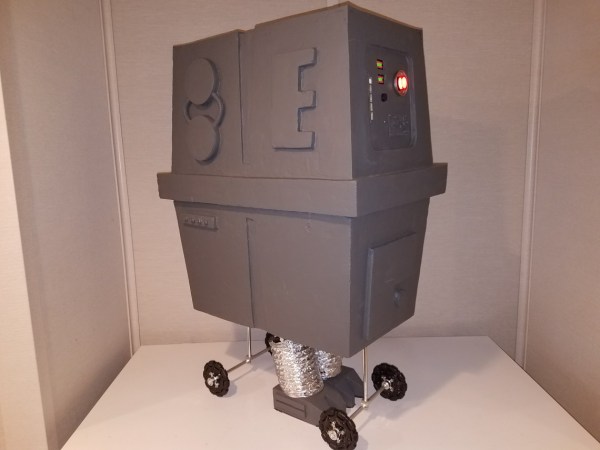We’re excited to announce the next batch of speakers for the 2017 Hackaday Superconference.
We are especially pleased to welcome Michael Ossmann as a speaker. He presented an RF design workshop at the 2014 Superconference which was sold out, standing room only, and still turned away dozens of people before becoming a hit on the Internet. This year he takes the stage with colleague Dominic Spill as they focus on infrared communications and the uses and abuses of such.
 Dr. Christal Gordon threw down an incredible talk on biologically inspired sensors last year and we suspect she will outdo herself this year. Her talk will cover the fanciest of cutting-edge sensors and the trade-offs of selecting the new hotness for your designs. Coming out of this you will know when to go with a suite of tried and true components and when to make the leap to new tech.
Dr. Christal Gordon threw down an incredible talk on biologically inspired sensors last year and we suspect she will outdo herself this year. Her talk will cover the fanciest of cutting-edge sensors and the trade-offs of selecting the new hotness for your designs. Coming out of this you will know when to go with a suite of tried and true components and when to make the leap to new tech.
Several of this year’s Hackaday Prize Judges will be on hand and presenting talks. In addition to Christal Gordon and Danielle Applestone (announced as a speaker last week), we’re thrilled to have Anouk Wipprecht — internationally known for her work in fashion and engineering, pushing the boundaries of how technology can interface with humans — as a speaker. Nadya Peek from the Center for Bits and Atoms who spoke at Supercon in 2016 with a harrowing tale of an impromptu engineering challenge in Shenzhen has confirmed that she will speak this year.
The ever-popular Sprite_TM will be at Supercon. He has a reputation for bringing the house down with fantastic presentations, be it the Tamagochi Matrix or the Tiniest Game Boy. And we are proud to present the Art Director for Hackaday — Joe Kim will be speaking about the curious connection between art and technology and how developments in one push the other forward.
Ever wonder about the air you’re breathing in the house or at work. So does Natalia Mykhaylova whose work begins to monitor and catalog that information. She will discuss the state of our HVAC systems and what it looks like to bring them into the information age.
Below you’ll find the confirmed speakers we’re announcing today. We’ll have more, as well as a list of confirmed talks next week. Get your ticket now, they will sell out.
Continue reading “Huge Names Confirm Their Supercon Appearances”


















